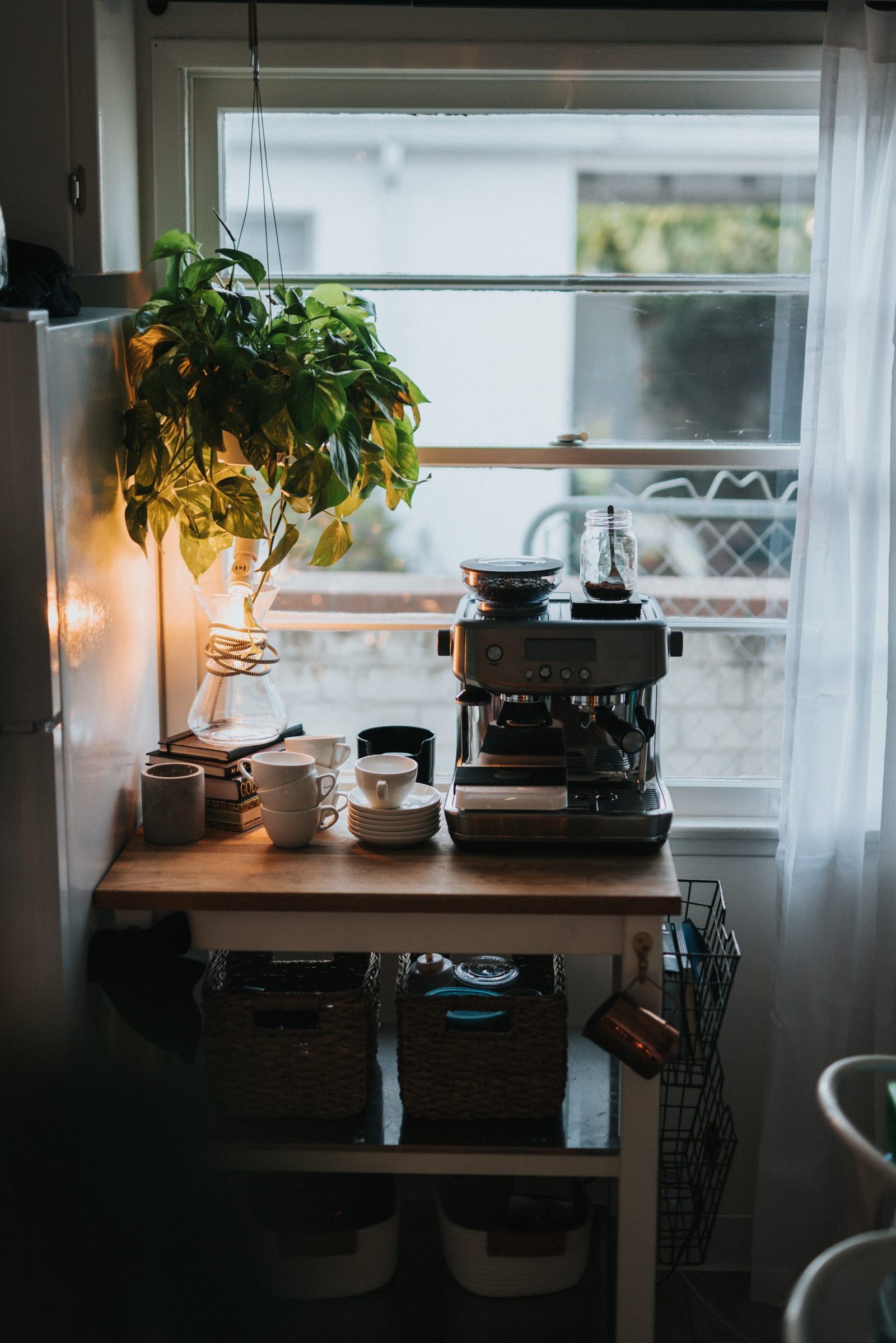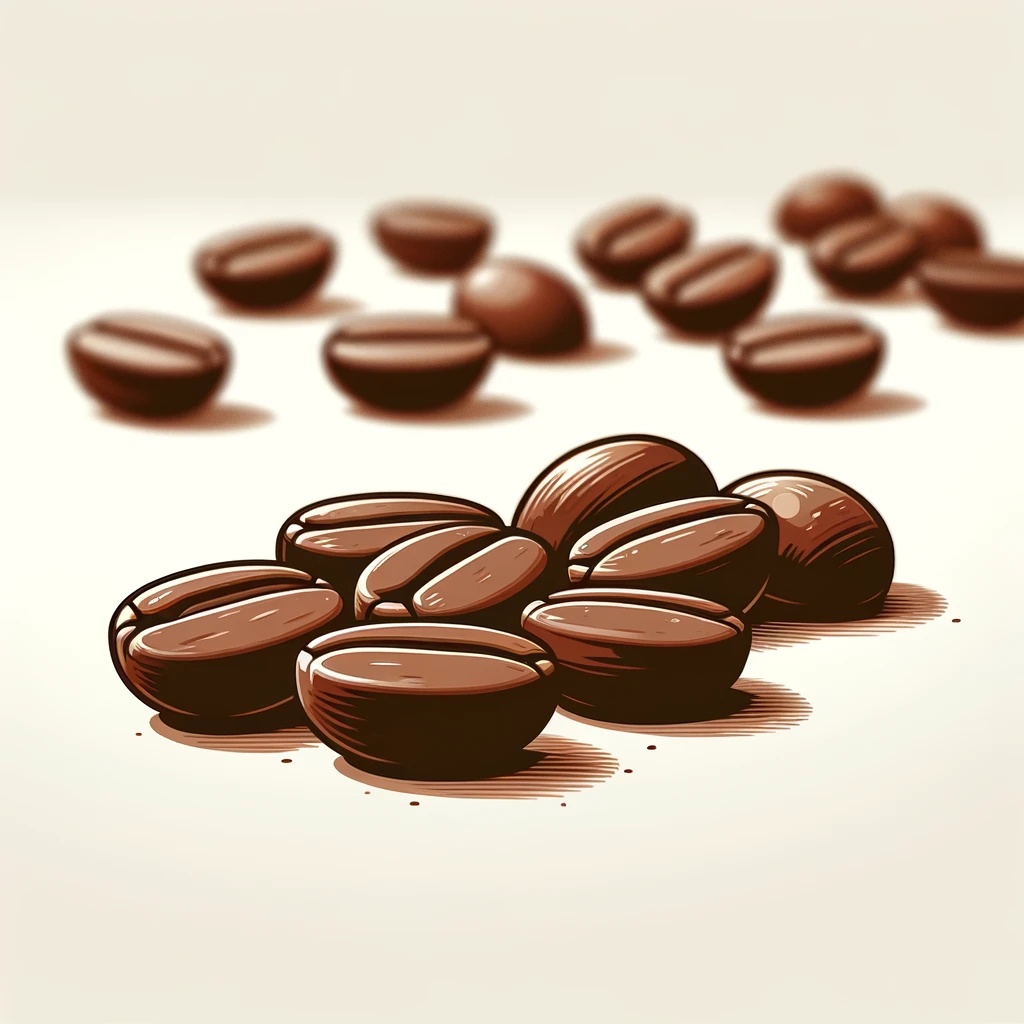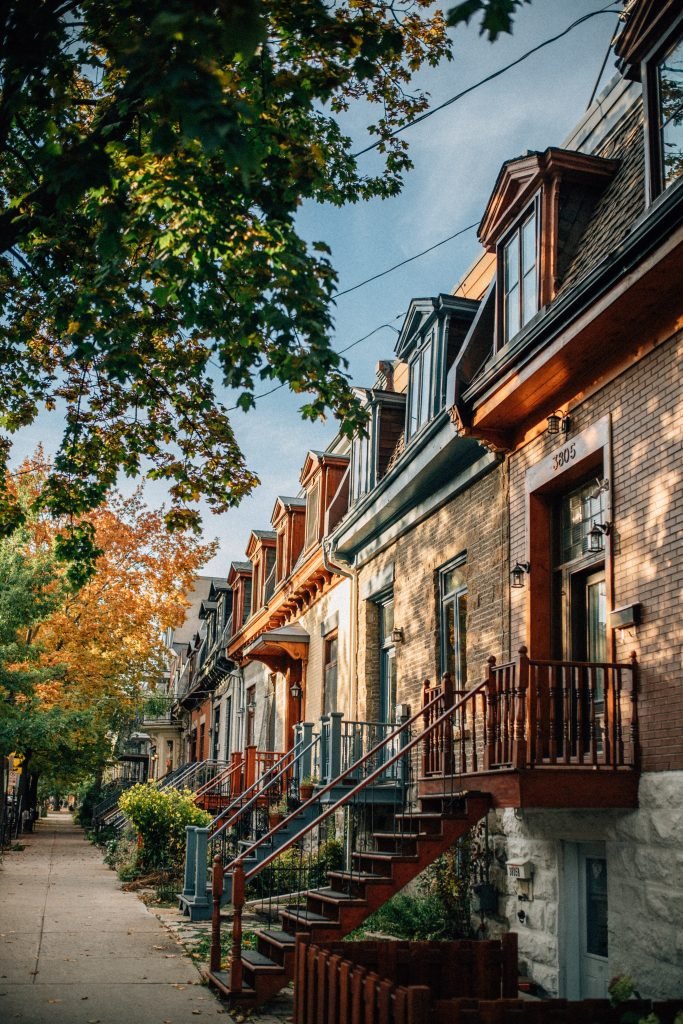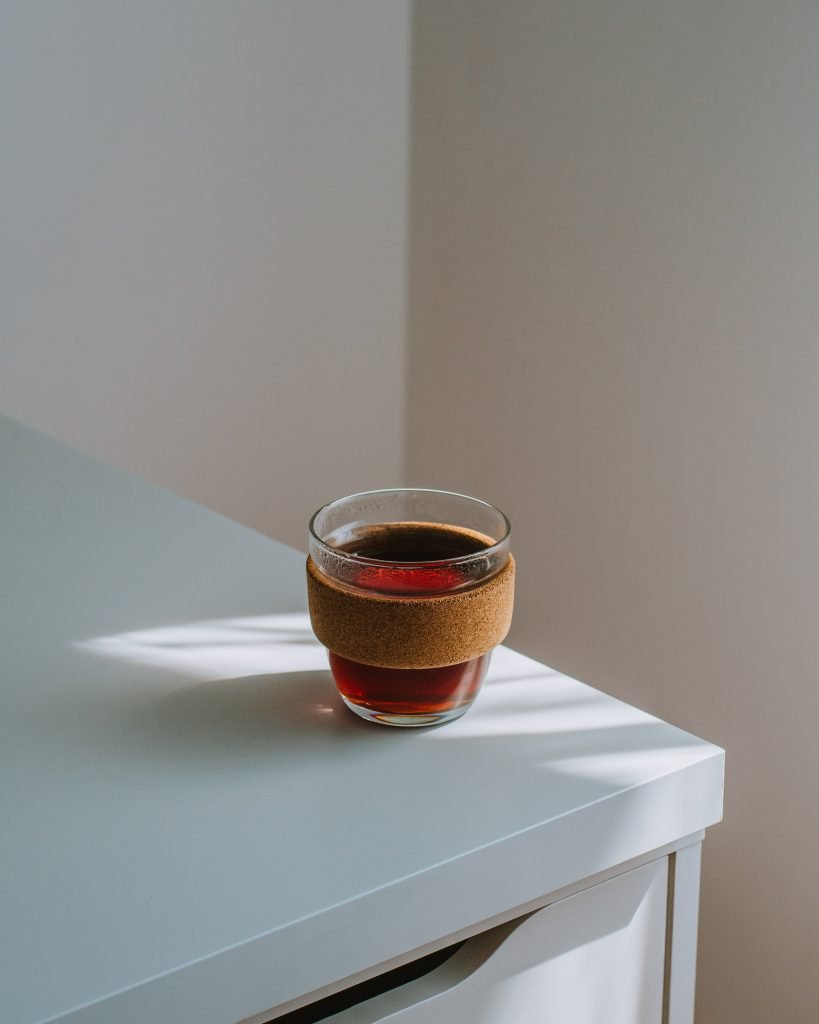
The Ultimate Guide to Making Coffee at Home: Tips and Tricks
Written: Sips&Stir Staff | June 16, 2023
Coffee, the magical elixir that turns zombies into humans and helps us navigate the treacherous landscapes of early mornings. While the coffee shop down the street may have your favorite barista who knows your order by heart, there’s something whimsical about embarking on a comedic adventure to make your own cup of joe at home. Join me in this amusing guide as we navigate the caffeine-fueled world of brewing coffee and explore diverse perspectives on how to achieve that perfect cup. Grab your sense of humor and let the brewing commence!
1. The Grounds of Coffee-Making:
Before diving into the brewing madness, let’s gather your arsenal of coffee essentials. You’ll need freshly roasted coffee beans (because nothing says comedy like the aroma of freshly ground beans), a grinder, filtered water (no clown noses in your coffee, please), and your choice of brewing device. Oh, and don’t forget your favorite goofy mug – it’s scientifically proven to make your coffee taste 64.8% better!
2. Unearthing the Perfect Brew:
Now that we have our tools, it’s time to choose the brewing method that suits your taste. Are you a fan of the classic drip coffee? Or perhaps you prefer the French press, where plunging coffee grounds feels like saving the world with your mighty coffee powers. Maybe you’re a wizard with a pour-over technique, where water dances and coffee blooms like a comedic ballet. Embrace the diverse perspectives and experiment with different brewing methods until you find your comedic coffee soulmate.
3. The Art of Coffee Measurement:
Ah, the age-old question – how much coffee should you use? Some say a tablespoon per cup, while others swear by the golden ratio of 1:15 (1 gram of coffee for every 15 grams of water). But really, it all depends on your preferred level of caffeinated hilarity. Need a nuclear-powered punch of caffeine? Go for an extra tablespoon. Looking for a milder chuckle to ease into the day? Stick with the golden ratio. The beauty of making coffee at home is that you get to decide your caffeine dosage and embrace the comedic effects accordingly.
Frequently Asked Questions:
- Can I reuse coffee grounds to make a second pot?
While it may sound like a hilarious money-saving trick, reusing coffee grounds is generally not recommended. Coffee grounds lose much of their flavor and aroma during the brewing process, so a second brew will likely result in a weak and lackluster cup of coffee. Embrace fresh comedy each morning by using fresh grounds for each pot. - Can I substitute regular milk with non-dairy alternatives?
Absolutely! Non-dairy milk options like almond, oat, or soy milk can add their own comedic flair to your coffee. They bring a touch of nuttiness, creaminess, or whatever you prefer. Experiment with different non-dairy milk varieties and discover the comedy duo that works best for you. - Can I make iced coffee at home?
Indeed! The process is surprisingly simple and will provide an icy chuckle on warm days. Brew your coffee as you normally would, allow it to cool, and pour it over ice. Add some milk or your favorite non-dairy alternative, sweeten it up if you desire, and enjoy the comedic contrast between the chilled beverage and the warm laughter in your heart.
In conclusion, brewing coffee at home is a comedic adventure that delivers laughter and the perfect cup of joe. Embrace the diversity of brewing methods, experiment with coffee-to-water ratios to find your preferred level of caffeinated humor, and don’t hesitate to add a dash of non-dairy comedy to your coffee. Get ready to start each day with a caffeinated chuckle as you savor the delightful results of your own homebrewed coffee creation!
*Sources:



